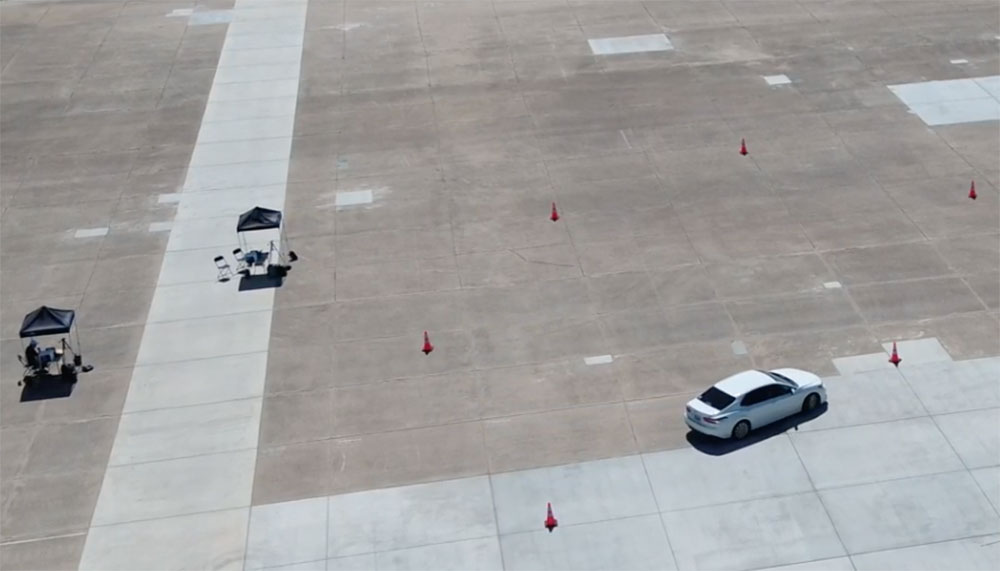
Dr. P.R. Kumar, Regents Professor, Distinguished Professor and O'Donnell Foundation Chair I in Computer Engineering, and Dr. Srinivas Shakkottai, professor in the Department of Electrical and Computer Engineering at Texas A&M University, are working on a collaborative project on resilient information networks.
In this demonstration, the research team utilized multiple sensors that track a moving target — in this case, a vehicle. Though multiple cameras and sensors were tracking the moving vehicle, only one image was streamed — or transmitted — over the air at any time, preventing the team from clogging up the bandwidth using multiple streams. The network itself, utilizing machine-learning techniques, seamlessly switched the video through the cell tower to the end target so that the stakeholder could view the moving target at any time. This was done with zero human interference.
“This demonstration falls in the general scheme of microservices architectures, where you divide your job into individual elements, or services, and then these services are attached together over a network to get your output,” Shakkottai said.
The goal of this project is to not only enable a smart network that can transmit the necessary information to the consumer over a 5G network, but also to make it resilient to disruptions in communication, computation, sensing and other challenges that arise in any situation. The microservices architecture can leverage all available resources to place and migrate the services to ensure such resilience.
The research team will now continue their efforts at the new Texas A&M RELLIS Campus 5G testbed facility.
Other collaborators for this project include Dr. Woo-Hyun Ko and doctoral student Jaewon Kim.